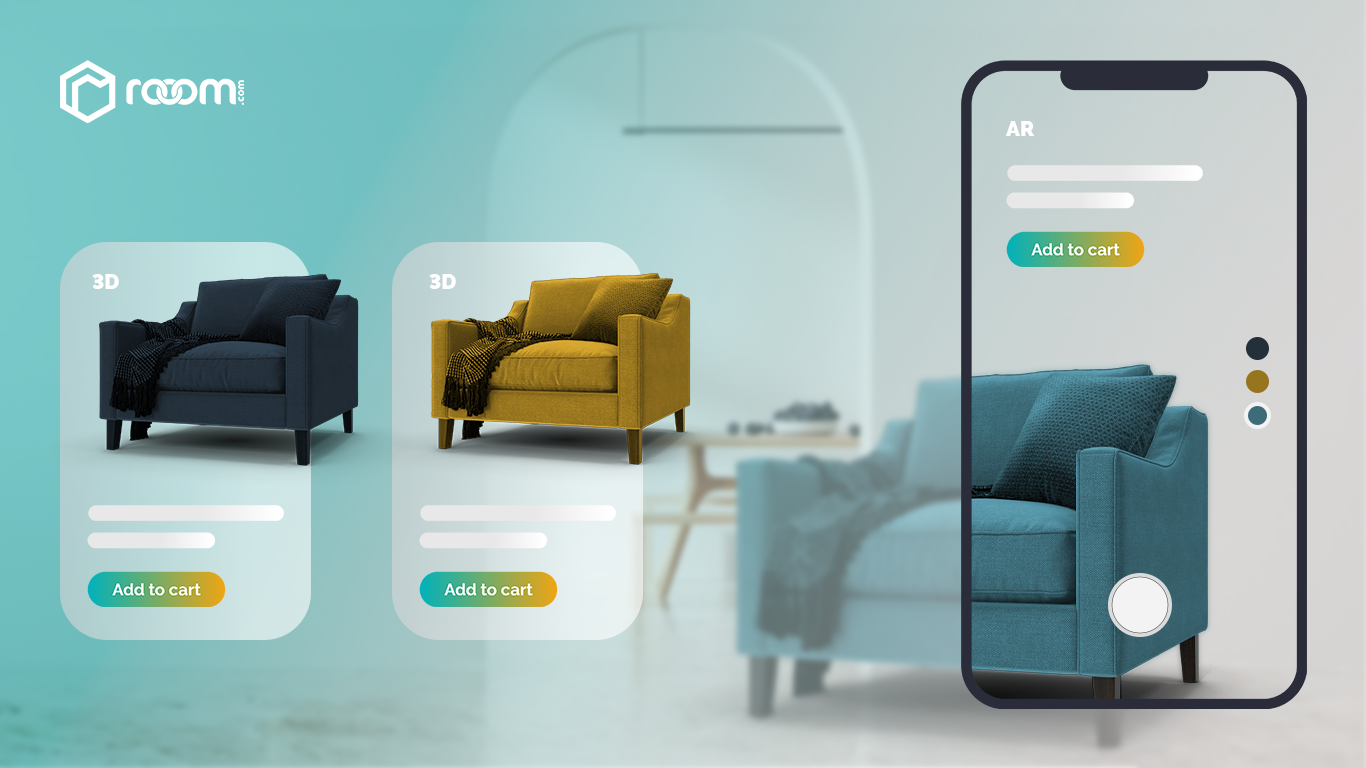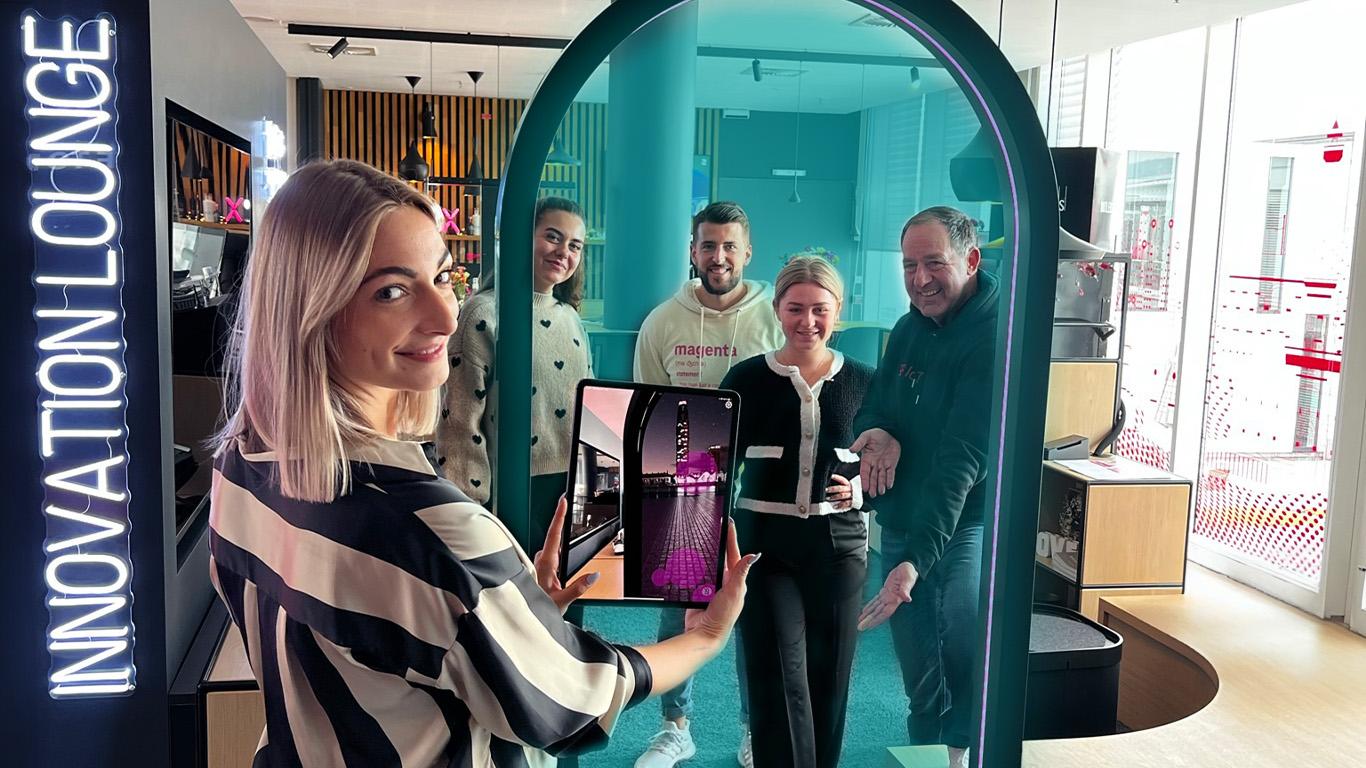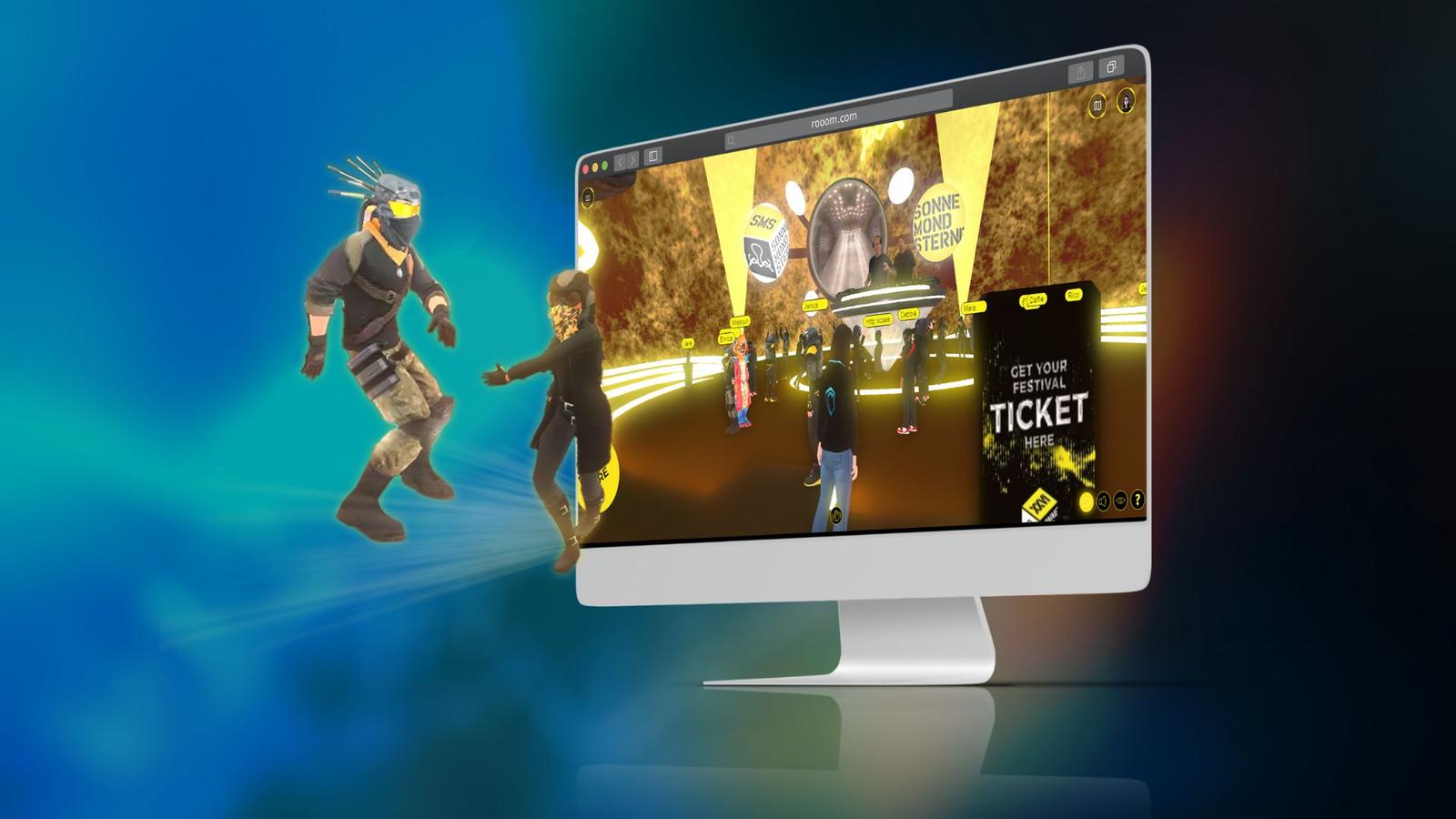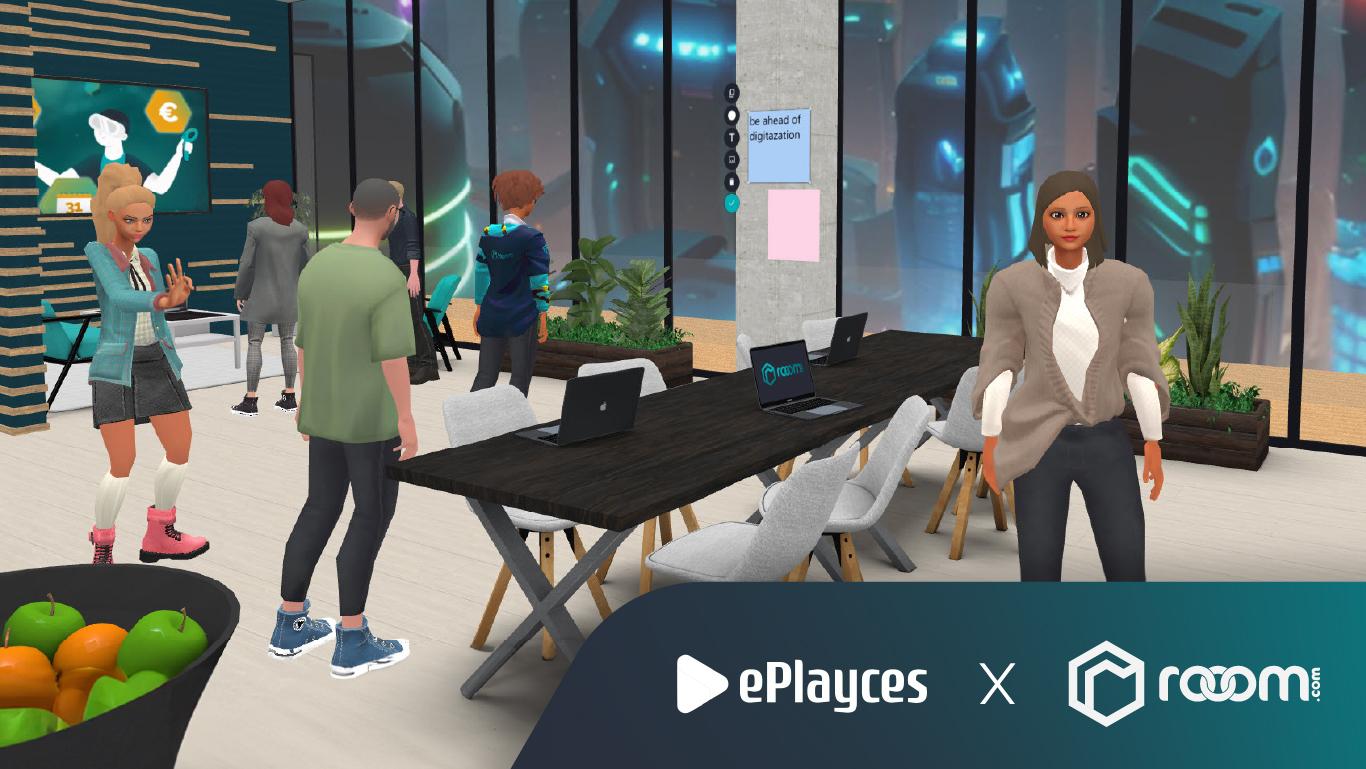Blog
Virtual Furniture – The impact of immersive technologies

- Hot Topics
- Feature Spotlights
- Blog
When it comes to furniture shopping, every detail counts – getting the size, color, and style right for your space is key. However, even detailed presentations in elaborately designed showroom spaces in furniture stores only help to a limited extent in imagining how the piece of furniture will look in its intended place. This is where immersive technologies such as 3D & Augmented Reality (AR) come into play: Imagine customers being able to experience the new sofa, the stylish wardrobe, or the trendy kitchen directly in their own four walls, in real size and color, before making the purchase decision. We demonstrate the opportunities 3D visualizations & AR offer and their impact on purchasing behavior.
Virtual Furniture: What are the benefits?

Furniture manufacturers are always looking for ways to offer their customers unique and personalized shopping experiences – online as well as offline. With the development of immersive technologies such as 3D visualizations and AR, new technical possibilities have emerged in recent years that elevate the familiar shopping experience to a new level. Here are some of the key benefits:
Enhanced Customer Experience
3D & AR technologies create interactive shopping experiences. Customers can project furniture items directly into any live environment. Interactive 3D models allow customers to view products from every possible perspective and make real-time adjustments.
Higher Purchase Readiness
Immersive technologies transform skepticism into enthusiastic buying decisions. Since furniture can be virtually tested in one’s own home, customers are empowered to make truly informed purchasing decisions. This insight not only bolsters confidence in the purchase but also establishes an emotional connection to the product, enhancing satisfaction and thus the likelihood of a purchase.
Lowering Return Rates
Purchase mistakes and large return volumes are a thing of the past. One of the most significant benefits of 3D & AR furniture visualizations is the considerable decrease in return rates. Customers can precisely check the fit of furniture in advance and eliminate any doubts. Accurate previews in 3D & AR help purchase decisions and reduce the chances of returns.
Brand Positioning and Differentiation
In today’s fast-paced marketing world, it is essential for brands to stand out from the competition and strengthen their brand image to get noticed in the market. That’s where 3D and AR step in, offering furniture manufacturers the opportunity to position themselves as digital pioneers. By providing immersive experiences for their customers, they not only showcase their technological expertise but also create unique shopping experiences that attract customers and foster a strong brand connection that extends beyond the purchase moment.
Supporting Sustainability Goals
Immersive technologies like 3D and AR are not only beneficial for business but also for the environment. Fewer returns and, consequently, fewer transportation routes due to informed purchasing decisions help support the sustainability goals of furniture companies.
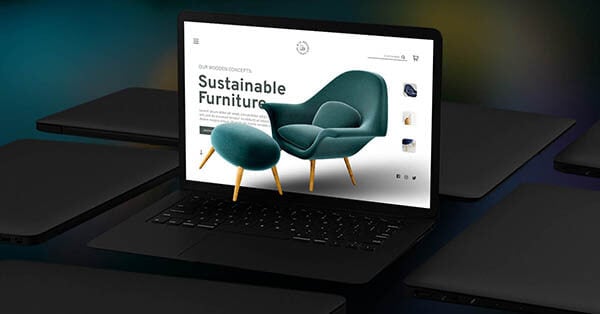
Creating 3D Furniture: How It's Done
Creating digital 3D twins of your furniture pieces is this simple.
Upload & Edit
Upload the data. The 3D software will assemble it into a high-quality 3D viewer. You can edit the completed 3D model and enhance it with explanatory texts about functionality or product highlights.
Integrate in Marketing Material
Embed the 3D viewer on product pages, utilize QR codes and renderings in print cataloges, and kickstart your marketing.
Digitizing Furniture
Photogrammetry is a process that quickly creates 3D models of real objects from photos. This method efficiently digitizes furniture. Products such as chairs, tables, dressers, or sofas can be photographed from various angles, users thereby produce a series of images that can then be uploaded.
By analyzing these images from different perspectives, spatial information about an object or scene is obtained. A software then uses the differences and overlaps between these images to reconstruct the objects' spatial position and form in 3D.
How Digital Furniture Can Be Utilized
3D and AR are setting new standards in the furniture industry. Precise virtual representations anticipate customer inquiries, making complex or hard-to-explain products tangible and understandable. Interactive content boosts customer satisfaction, attracts attention, and gives you and your brand an extra push for marketing. Here are some practical inspirations for the application of immersive technologies:
3D Viewers on the Product Page
With a 3D Product Viewer, products can be viewed from all angles, bringing colors and surface textures to life. A user-friendly product editor allows for further customization of 3D furniture models: changing views, adjusting lighting, or adding explanatory annotations – all of that can be done without any programming skills.
3D viewers serve as a highlight in the product image gallery, creating an interactive experience in the online shop. Furniture retailers have achieved up to a 30% higher likelihood of purchase, 70% fewer returns, and a 360% longer dwell time on their websites with these features.
Augmented Reality Furniture
3D Product Viewers like the one from rooom can also deliver the 3D model in Augmented Reality, projecting the virtual desired product into the real environment. This allows for straightforward testing of whether the furniture’s size, style, or look fits in the home.
AR furniture can also be integrated into print advertising: By embedding QR codes in print catalogs, furniture can be accessed in AR, bringing a fresh breeze into traditional advertising mediums.
Exploded Views and Animations
Opening cabinet doors, unfolding sofa beds – the opportunities to display the functionality, internals, or components of furniture through animation or exploded views are limitless. This further enriches the customer experience and highlights the function and design of furniture in an interactive manner.
Furniture Renderings
Professional product photography can quickly become time-consuming and expensive, yet it's essential for selling furniture. CGI renderings offer an impressive and cost-effective alternative.
High-quality product images can be effortlessly generated from 3D models without any additional effort. It's also possible to render complete scenes and living environments with appropriate lighting conditions, making these visualizations ideal for marketing purposes and print ads.

3D configurators
3D product configurators are the perfect way to showcase product diversity and the wide range of furniture options available. Whether it’s choosing the color, material, or a specific print – customers can assemble their desired product by themselves in a fun and interactive way.
Integration into E-Commerce Systems
rooomProducts simplifies the integration of the 3D Product Viewer into an e-commerce ecosystem with free plugins for leading shop systems such as Shopware and WooCommerce. A particularly flexible API ensures integration into any shop system, regardless of its specifications or complexity.
Virtual Showrooms
3D showrooms let you display 3D furniture pieces in the perfect setting, right alongside your online shop. Thanks to rooomSpaces, products can be showcased in an even more interactive way – similar to a virtual walk-in store. An innovative solution that provides impressive customer experiences, even in times when physical store and sales spaces are reduced due to their costs. This offers unique Virtual Home Experiences, where customers can immerse themselves in digital spaces and experience furniture in unique settings.

AI Assistants
AI is making its way into the furniture industry. AI-powered avatars are used as digital customer service advisors. They can be deployed in virtual showrooms to guide users through brand worlds or answer questions about products, materials, or features. Depending on their field of application, they can be trained with relevant information, equipped with their own personality to provide personalized recommendations and continually enhance the quality of the digital assistance provided.
Set new digital standards with furniture in 3D & AR. Together, we’ll find the right solution for you and your marketing.
Shopping redefined: Furniture in 3D sets new standards
In times where shopping experiences are no longer confined to physical showrooms, 3D visualization and Augmented Reality are setting new standards in the furniture industry. Furniture companies should not hesitate, as these technologies offer an unparalleled opportunity to strengthen their digital leadership role and to gain a significant competitive advantage over their competitors. Immersive technologies also bring immense benefits in terms of customer experience: try-before-you-buy features and AR furniture enhance the customer experience and work wonders for customer retentionand return rates. And on top of that, they can reach a new generation of tech-savvy customers who value truly interactive and personalized shopping experiences.
